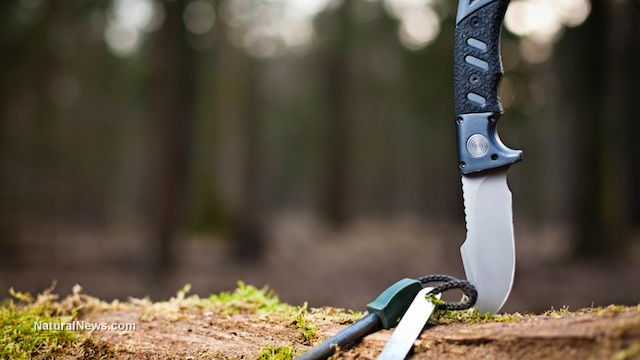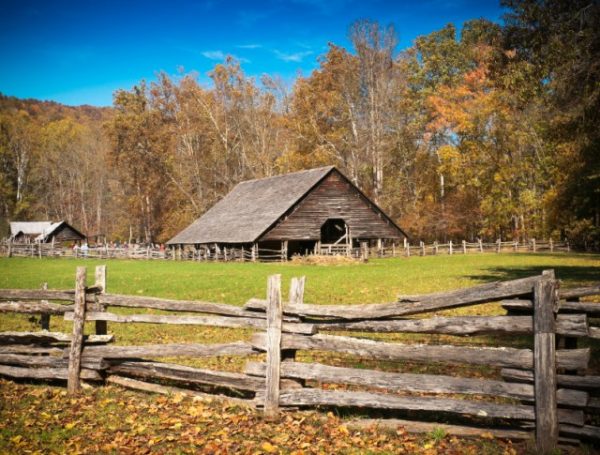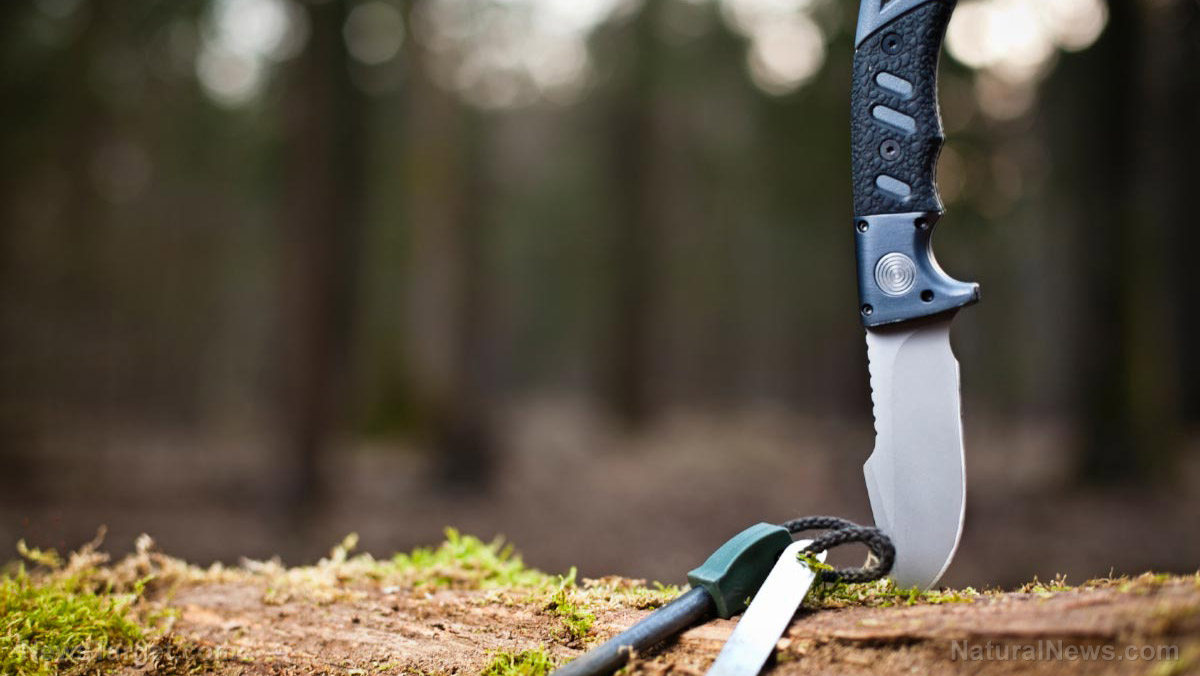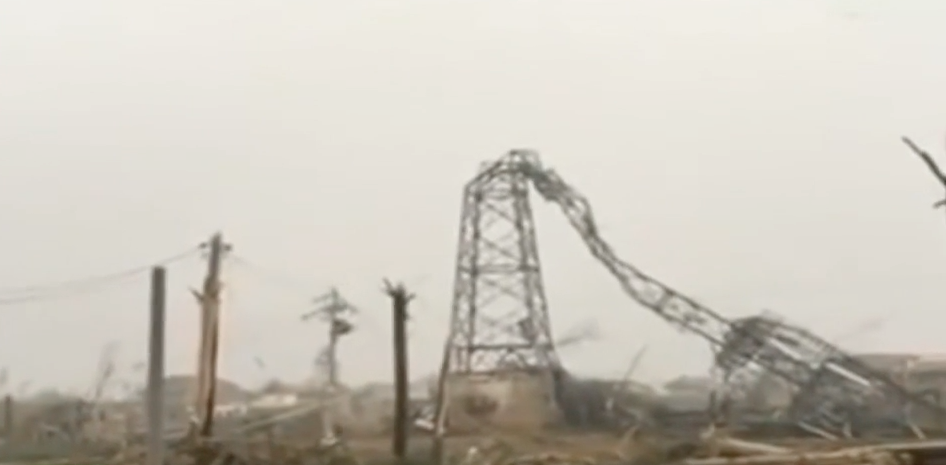A smart guide to choosing the perfect emergency radio
04/16/2018 / By Jayson Veley

Ideally, you’ll never have to use an emergency radio because you’ll never find yourself in a situation that calls for one. However, if SHTF, then having one of these devices in your possession will help you stay informed with what’s going on in your surrounding area, and could potentially even save your life. It’s important to understand, though, that choosing the right emergency radio isn’t as simple as going to a local department store and picking one off the shelf; rather, there are many factors and unique features that must be taken into account beforehand.
ThePrepperJournal.com published an article last month that included several important tips for choosing an emergency radio.
You can’t go wrong with the basics
Before you commit yourself to spending a significant amount of money on a shortwave or two-way radio, consider whether or not you are going to need additional bands. If you think that you will be communicating with other people, then you may need to make the investment; however, if the primary purpose of your emergency radio will be to connect you with the outside world during a SHTF scenario, you should think about purchasing a standalone AM/FM receiver. The reason why it’s important to have AM is because the AM band is where NOAA alerts come through. Furthermore, the AM radio has a longer range, which will be important if you ever find yourself in a large-scale crisis situation. (Related: Here are five must-have communication devices for any emergency scenario.)
Look for the right logos
The logos that you want to pay particular attention to say “NOAA NWR All Hazards” and “Public Alert.” The latter makes it well-known that their radio device meets several specific technical standards, which include having the ability to receive area-specific alerts, being able to plug into external devices like vibration devices for those who are visually impaired, and the ability to hear a tone before the actual alert comes through. Whichever emergency radio you decide to go with, make sure that it has either the “NOAA NWR All Hazards” logo, the “Public Alert” logo, or both. (Related: Here are five types of survival radios that can keep you connected to the outside world when SHTF.)
Make sure that your emergency radio can be operated from Multiple Power Sources
While getting a radio that runs on batteries is a must, you should get one that also accepts power from an external source (like an AC adapter) for times when you have access to power and want to save your supply of batteries. On the flipside, it’s a good idea to look for an emergency radio that also has a hand-crank and even solar panels for times when you don’t have power, which more than likely will be quite often in a SHTF situation.
Select optional features
When it comes to emergency radios, there are quite a few additional features that out there that can give you a significant advantage in a survival scenario. For example, some radios come with an on-board battery pack that can charge other devices like phones, tablets, and other smaller electronics. Others have a flashlight feature, which would obviously come in handy if you are trying to listen to information coming through the radio while in the dark. The website PreppersSurvive.com noted that an ideal emergency radio would also have some sort of feature that allows one to signal for help, whether that be a flashlight that flashes SOS or a dog whistle. Some more features include earphone-only listening as a means of reducing power consumption, rugged exteriors that can survive falls and drops, and multiple programmable locations and stations.
Sources include:
Tagged Under: Collapse, communication, emergency radio, Gear, Off Grid living, preparedness, prepping, radios, SHTF, survival




















